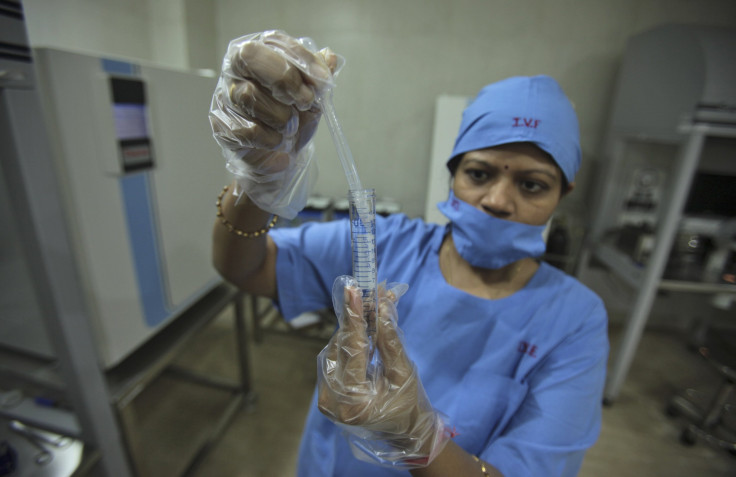Australia to reconsider ban on IVF gender selection; Issue sparks debate among health experts

A majority of Australians now prefers to go to the United States to select the sex of their IVF baby since their own country has put a ban on the practice. While some believe that the ban means a kind of suppression of their freedom, others think that the ban is good since it hinders sexism.
With the National Health and Medical Research Council, or NHMRC, considering to lift the ban on IVF gender selection in Australia, the same debate has sparked once again. The NHMRC, on the other hand, is looking for advice and suggestions on whether is should legalise the practice of IVF gender selection within the country, a rule which came into practice in 2005.
Dr Daniel Potter, an IVF specialist based in California, says that he sees around 20 Australian couples in a month, with a majority of them wanting a baby girl after having a couple of boys. The practice has become so popular, he says, that the number of Australian couples visiting his fertility clinic has doubled since 2011.
In an interview with news.com.au, Potter emphasised that IVF gender selection should be legalised within Australia since it has a lot to do with the reproductive freedom of an individual.
“You can have an abortion for whatever reason you want, but if you want to have a child people question why. The technology is safe, it is there, so why not allow people to use it,” he said in a statement.
On the other hand, Tereza Hendl of the University of Sydney believes that the IVF gender selection, in a way, promotes sexism. “I’m quite critical of it because I think it basically reinforced a binary view of children,” said the health and science researcher in a statement.
Hendl further says that the sex of an individual should not define what they are and what they become, in addition to the traits that they end up developing. In addition, she believes that “children conceived through gender selection grow up feeling pressure to conform to gender stereotypes.”
Meanwhile, IVF Australia’s medical director, Peter Illingworth, is happy with the fact that guidelines are being subjected to a change within the country. Each Australian couple ends up spending about $15,000 per treatment in the US, excluding the accommodation and travelling costs. Sometimes, multiple sittings of treatment are required for successful conception.
Contact the writer at feedback@ibtimes.com.au, or let us know what you think below.





















